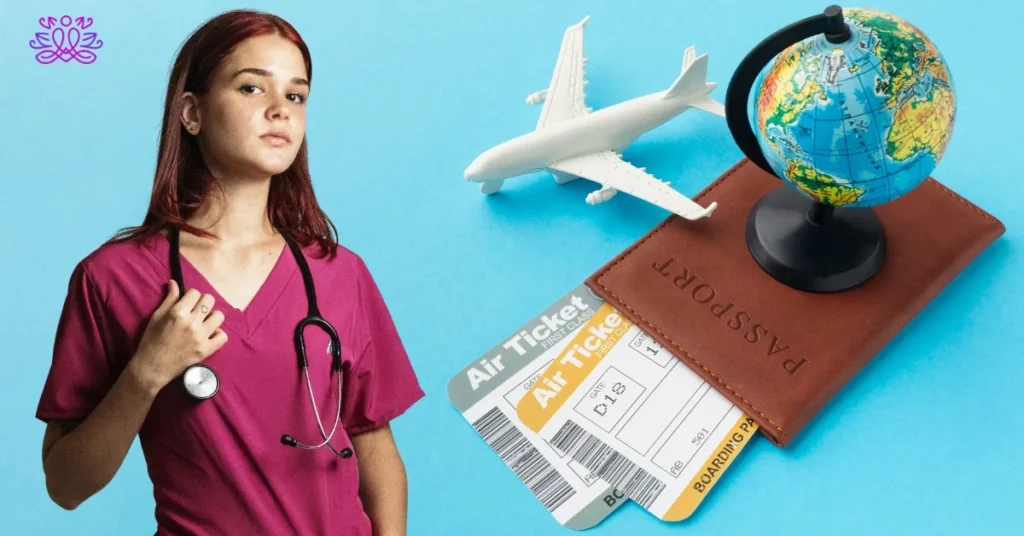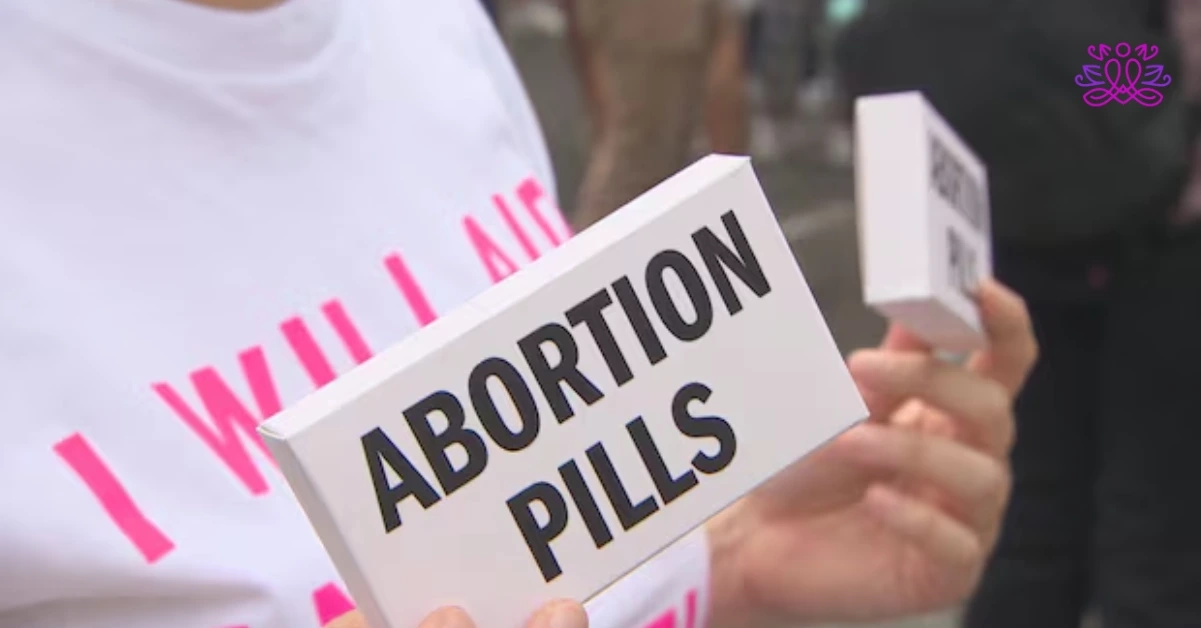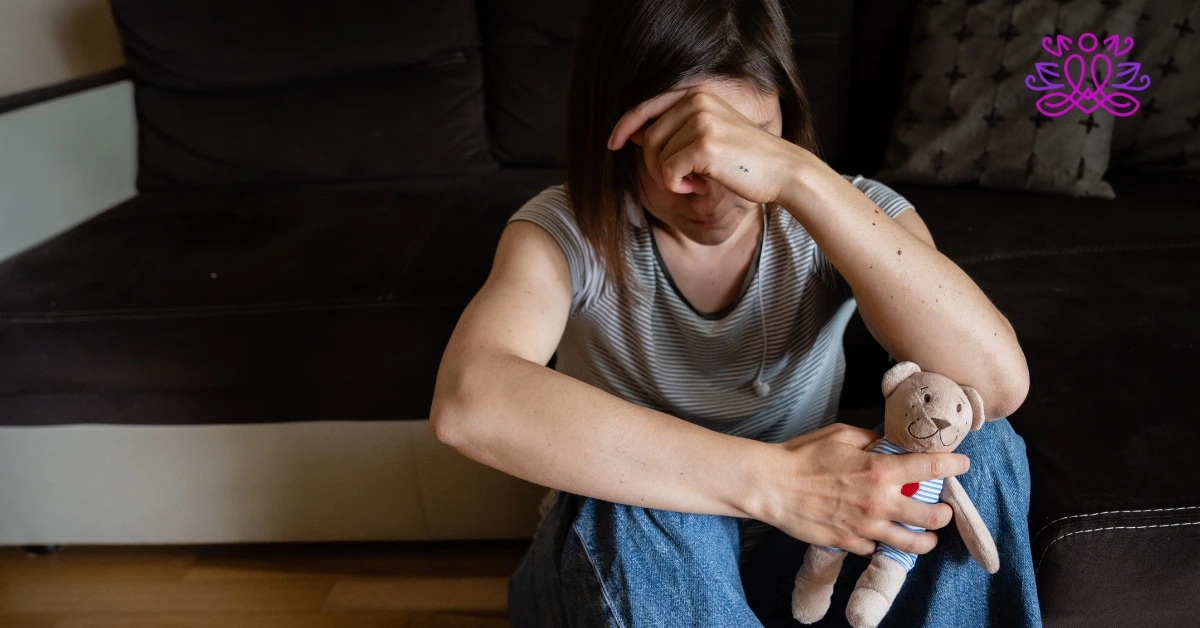Abortion care is already hard to come by in the United States. Those challenges are compounded for immigrant women. Immigration status frequently determines whether care feels safe, affordable or even available.
Immigration status and access to care in the U.S
In the United States, a variety of health services are based on legal status. Undocumented immigrants are generally not eligible for Medicaid. Insurance through the private sector is unaffordable for many families.
Fear also plays a big role. Some women steer clear of clinics out of fear that their status will become known. This fear delays care and compounds health risks.
Barriers to Abortion Access for Immigrant Women
Legal Barriers and Deportation Fear
Immigrants may steer clear of border or stringent states’ clinics. They worry that a visit might end with an arrest or deportation. Laws that restrict abortion are yet another obstacle.
Economic barriers and no insurance
Few undocumented women can access public insurance. Abortion out-of-pocket is expensive. And many put off care while trying to save money. Which increases health risks.
Language, Cultural, and Informational Barriers
Not all clinics offer interpreters. And some women have difficulty understanding their options. In certain societies, there is great stigma surrounding abortion. This can silence women and stop them reaching out for help.
Rural and Border Community Challenges
Immigrants in rural regions must travel long distances to reach clinics. Checkpoints near the border only stoke fear. Scarce providers are one thing and barriers to access. Sometimes insurmountable ones – are another.
Also checkout our other article on drinking or smoking during abortion pills Here If you want any info related to Abortion Care, then Click Here.
Mental Health and Social Stigma
Abortion is not only medical. It is also emotional. Stigma can be stronger in immigrant communities. They are afraid of humiliation, or worse rejection and isolation. Stress and depression fester when there’s no counseling available.
Global Comparisons and Lessons
What Other Countries Do About Abortion for Immigrants
Some countries have taken a wider approach. An example is Canada, which provides asylum seekers and refugees with coverage. This includes reproductive care. The system here in the United States is far more restricted.
The Role of International Human Rights Norms
Bodies like the United Nations advocate for abortion as a human right. They argue that no one should be denied care based on their immigration status. This reveals gaps in U.S. policy.
Telemedicine and Abortion Pills: A Lifeline for Immigrants
Medication Abortion by Mail, and Access for Immigrants
Telehealth enables women to talk with doctors online. Abortion pills can sometimes be mailed. This is a time saver, and provides a private experience.
Telehealth Abortion and Privacy Confidentiality
Much of what is protected by telehealth services. And companies like them that provide patients with faster options for remote care. Involves forwarding patient information. This privacy can lessen fear in immigrants. It permits care without exposure to immigration systems.
Telemedicine Boundaries and Legal Risks for Noncitizens
But there are limits. Abortion pills by mail are outlawed in some states. Packages can be tracked near the border. Immigrants may still be reluctant to use these services.
Policy, Advocacy, and Solutions
Change is possible. Some key steps include:
- And whatever status, expanding Medicaid and insurance for all.
- Safeguarding privacy in clinics and telehealth.
- Providing care in more languages and with cultural respect.
- Preserving legal and safe access to telehealth abortion.
We must all work together.” It is a simple and worthy objective: that all women receive safe care.
Conclusion
Institutional citizens shape access to abortion in the U.S.Fear. Cost, stigma and geography make care hard.
Telehealth can help, and there are better models from around the world. But real progress will require new laws and protections. “Abortion is healthcare and safe abortion must be available. As a matter of caring for women, girls and all pregnant people,” said Salati.




